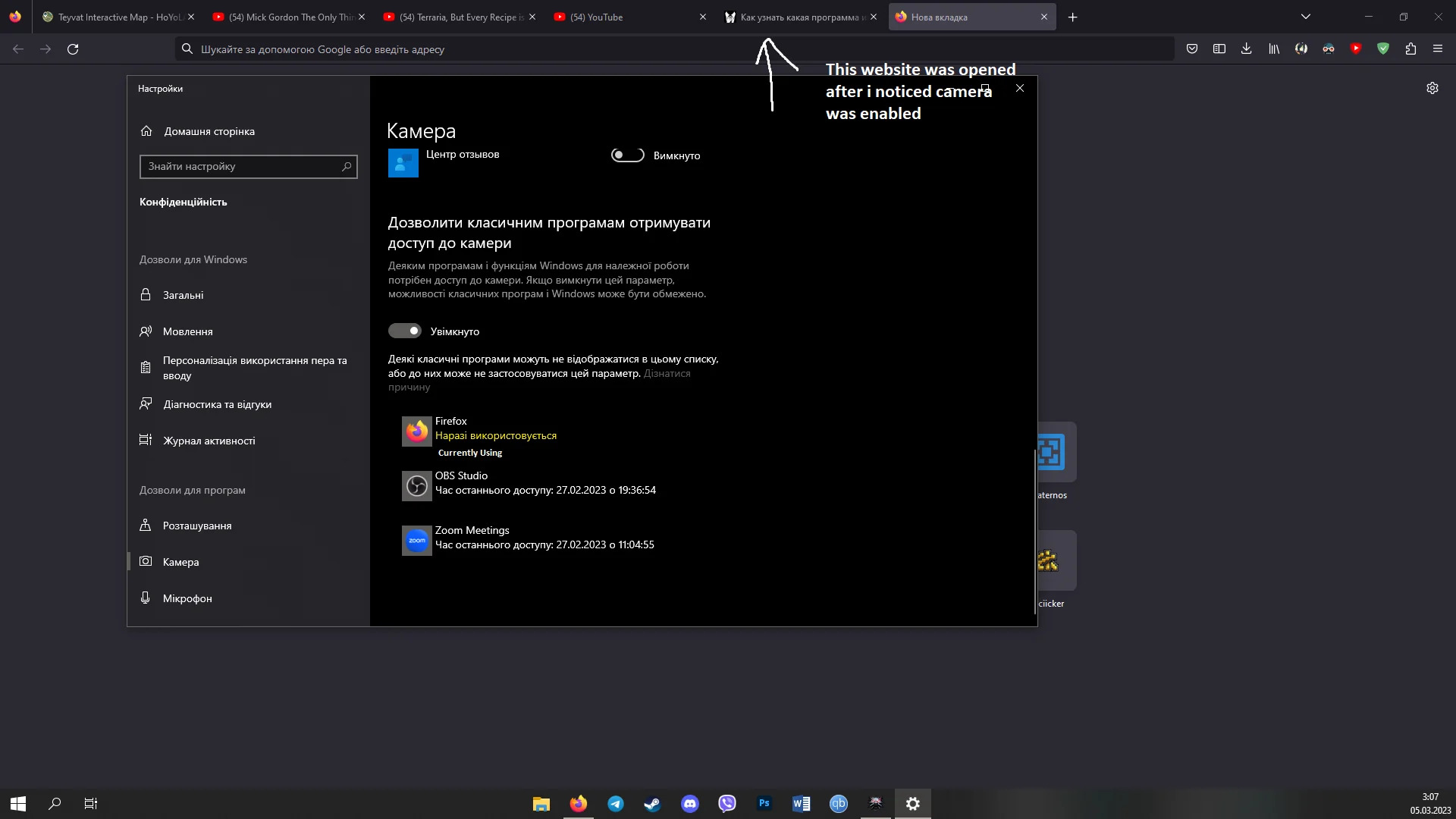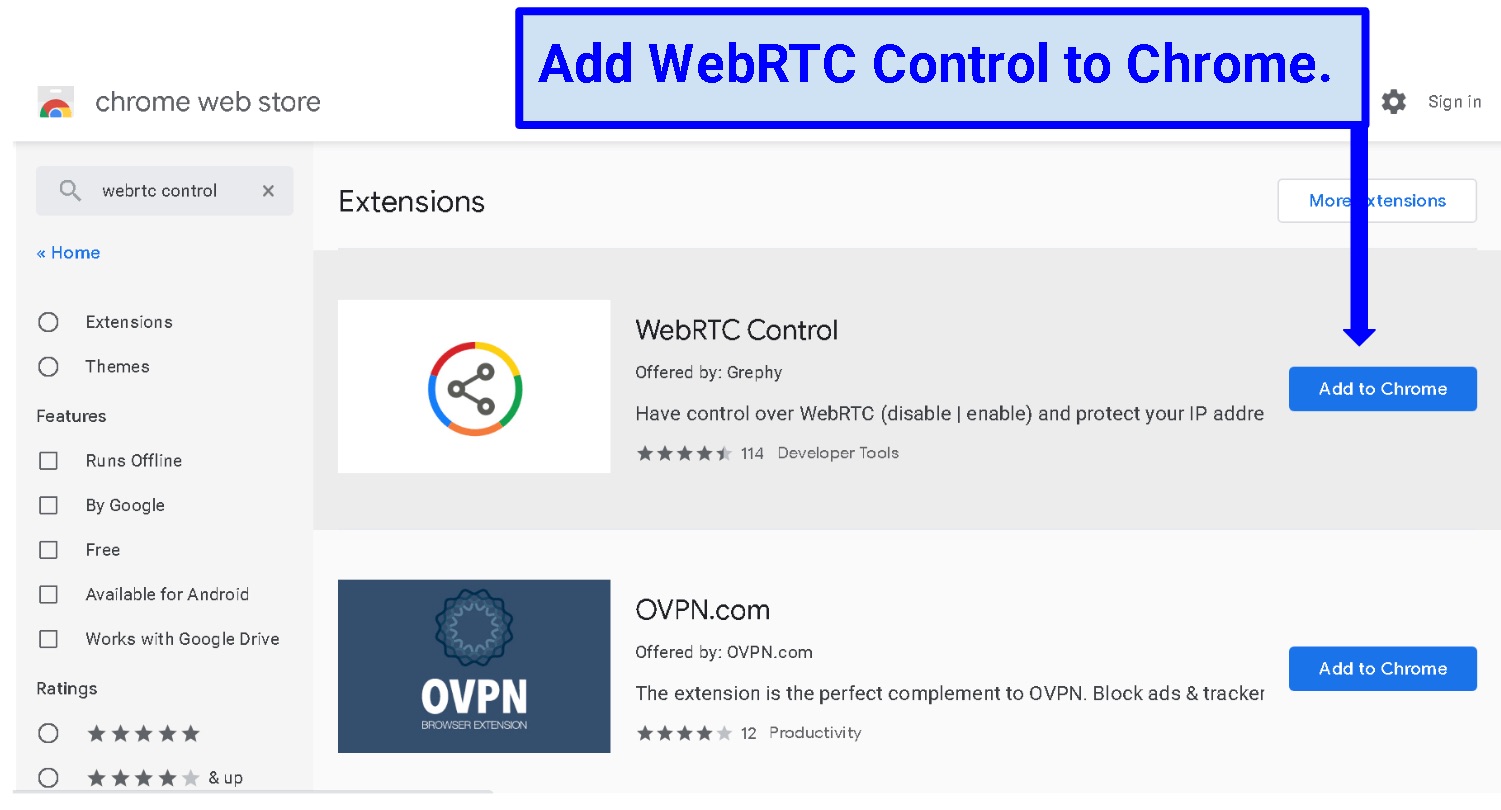Introduction
Web browsers have become an integral part of our daily lives, serving as gateways to the vast realm of the internet. They enable us to access information, connect with others, and engage in various online activities. However, as we immerse ourselves in the digital landscape, it's crucial to be mindful of potential privacy and security concerns that may arise. One such consideration involves WebRTC, a powerful technology embedded within web browsers, including Firefox.
WebRTC, which stands for Web Real-Time Communication, is a collection of communication protocols and application programming interfaces (APIs) that enable real-time communication over the internet. This technology facilitates peer-to-peer communication for voice calling, video chat, and file sharing directly within web browsers, without the need for third-party plugins or applications. While WebRTC offers remarkable convenience and functionality, it also introduces potential privacy risks that users should be aware of.
In this article, we will delve into the intricacies of WebRTC, explore the associated risks, and provide a comprehensive guide on how to disable WebRTC in Firefox. By understanding the implications of WebRTC and learning how to mitigate its privacy implications, users can take proactive steps to safeguard their online privacy and security while using the Firefox browser.
Understanding WebRTC
WebRTC, an acronym for Web Real-Time Communication, is a cutting-edge technology that empowers web browsers with the capability to facilitate real-time communication over the internet. It encompasses a suite of communication protocols and APIs, enabling seamless peer-to-peer communication for voice calls, video conferencing, and data sharing directly within web applications. This innovative framework eliminates the need for users to rely on third-party plugins or applications, thereby streamlining the communication process and enhancing user experience.
At its core, WebRTC is designed to enable secure and efficient communication between web browsers, fostering a diverse range of interactive applications. By leveraging WebRTC, developers can integrate features such as audio and video streaming, screen sharing, and file transfer into web applications, thereby enriching the user experience and expanding the possibilities of web-based communication.
WebRTC operates on the principles of openness and interoperability, making it a versatile and widely adopted technology across various platforms and devices. Its support for standard web technologies, including HTML, JavaScript, and CSS, ensures seamless integration with existing web applications, empowering developers to create immersive and interactive communication experiences for users.
One of the key strengths of WebRTC lies in its ability to establish direct peer-to-peer connections between browsers, bypassing the need for intermediary servers whenever possible. This direct communication approach not only enhances the efficiency of data transmission but also contributes to reducing latency, thereby enabling real-time interactions with minimal delays.
Furthermore, WebRTC incorporates robust security mechanisms to safeguard communication channels, including encryption protocols for data transmission and stringent permission controls to protect user privacy. These security measures are pivotal in ensuring that sensitive information exchanged during real-time communication remains confidential and secure from unauthorized access.
In essence, WebRTC represents a pivotal advancement in web technology, empowering web browsers with the capability to deliver seamless and secure real-time communication experiences. By harnessing the potential of WebRTC, developers can create innovative web applications that enable users to connect, collaborate, and communicate in a dynamic and interactive manner, thereby shaping the future of online communication.
Risks of WebRTC
While WebRTC offers unparalleled convenience and empowers web applications with real-time communication capabilities, it also introduces potential privacy and security risks that users should be mindful of. Understanding these risks is crucial for individuals seeking to maintain control over their online privacy and security while using web browsers such as Firefox.
One of the primary concerns associated with WebRTC is the potential exposure of users' IP addresses. WebRTC's peer-to-peer communication model may inadvertently reveal the public IP address of users, even if they are behind a VPN or proxy. This exposure can compromise users' anonymity and privacy, potentially enabling malicious entities to track their online activities and gather sensitive information.
Furthermore, WebRTC's functionality for establishing direct peer-to-peer connections between browsers can lead to the leakage of local IP addresses. This information disclosure poses a privacy risk, as it provides insights into users' network configuration and internal IP addresses, which could be exploited by attackers to launch targeted attacks or intrusions.
In addition to IP address exposure, WebRTC's support for audio and video communication raises concerns regarding unauthorized access to users' microphones and cameras. Malicious websites or scripts could potentially exploit WebRTC to gain unauthorized access to these peripherals, compromising users' privacy and potentially exposing sensitive audiovisual content without their consent.
Moreover, the use of WebRTC for data transmission within web applications introduces the risk of unauthorized interception and eavesdropping. Without adequate encryption and security measures, sensitive information exchanged during real-time communication sessions could be susceptible to interception by unauthorized parties, leading to potential data breaches and privacy violations.
It is important to note that while WebRTC incorporates security features such as encryption protocols, the potential for vulnerabilities and exploitation by malicious actors remains a concern. As with any technology, the evolving nature of web threats necessitates ongoing vigilance and proactive measures to mitigate risks associated with WebRTC.
In light of these privacy and security considerations, users must be equipped with the knowledge and tools to manage and mitigate the risks posed by WebRTC, particularly when using web browsers like Firefox. By understanding the implications of WebRTC and taking proactive steps to address potential vulnerabilities, users can enhance their online privacy and security posture, thereby mitigating the inherent risks associated with this powerful web technology.
How to Disable WebRTC in Firefox
Disabling WebRTC in Firefox is a proactive measure that empowers users to mitigate the privacy and security risks associated with this technology. By taking control of WebRTC settings within the Firefox browser, users can safeguard their online privacy and prevent potential IP address exposure, unauthorized access to peripherals, and data interception. Here's a comprehensive guide on how to disable WebRTC in Firefox:
Method 1: Using about:config
-
Open Firefox and type "about:config" in the address bar, then press Enter. A warning message about the risks of changing advanced settings will appear. Proceed with caution and click "Accept the Risk and Continue" to access the advanced configuration settings.
-
In the search bar at the top of the page, enter "media.peerconnection.enabled". This will filter the settings to display the WebRTC-related configuration.
-
Double-click on the "media.peerconnection.enabled" preference to toggle its value from "true" to "false". This action effectively disables WebRTC in Firefox, preventing the browser from initiating peer-to-peer connections for real-time communication.
Method 2: Using Browser Extensions
-
Firefox offers a range of extensions designed to enhance privacy and security, including those specifically tailored to disable WebRTC functionality. Users can explore extensions such as "Disable WebRTC" or "WebRTC Control" available in the Firefox Add-ons store.
-
To install an extension, navigate to the Firefox Add-ons store and search for the desired WebRTC-disabling extension. Once located, click on "Add to Firefox" and follow the prompts to install the extension.
-
After installation, users can configure the extension's settings to effectively disable WebRTC within Firefox, providing granular control over the browser's real-time communication capabilities.
Method 3: Utilizing Privacy-Focused Browser Builds
-
Some privacy-focused builds of Firefox, such as "Tor Browser" and "Waterfox," incorporate built-in privacy features that inherently disable WebRTC to enhance user anonymity and security.
-
Users concerned about WebRTC-related privacy risks may opt to utilize these specialized browser builds, which are tailored to prioritize user privacy and mitigate potential vulnerabilities associated with web technologies.
By implementing these methods, users can effectively disable WebRTC in Firefox, thereby mitigating the privacy and security risks associated with this technology. Taking proactive steps to manage WebRTC settings empowers users to maintain control over their online privacy and security while leveraging the capabilities of the Firefox browser.
Conclusion
In conclusion, WebRTC represents a transformative advancement in web technology, empowering web browsers with the capability to facilitate seamless real-time communication experiences. However, the convenience and functionality offered by WebRTC come hand in hand with potential privacy and security risks that users must be mindful of. The exposure of IP addresses, the potential for unauthorized access to peripherals, and the risk of data interception underscore the importance of understanding and managing WebRTC settings, particularly within the Firefox browser.
By delving into the intricacies of WebRTC and exploring the associated risks, users can gain valuable insights into the potential privacy implications of this technology. It is essential for individuals to be equipped with the knowledge and tools necessary to mitigate these risks effectively. The guide on how to disable WebRTC in Firefox provides users with actionable steps to take control of their browser's real-time communication capabilities, thereby enhancing their online privacy and security posture.
Furthermore, the proactive measures outlined in the guide, including utilizing about:config settings, leveraging browser extensions, and exploring privacy-focused browser builds, empower users to make informed decisions regarding WebRTC functionality within Firefox. By implementing these methods, individuals can effectively mitigate the risks associated with WebRTC, safeguarding their online privacy and security while leveraging the capabilities of the Firefox browser.
It is important to emphasize that while WebRTC introduces potential risks, it also offers immense value in enabling dynamic and interactive web-based communication experiences. As such, the goal is not to discourage the use of WebRTC but rather to empower users to make informed choices and take proactive steps to manage its functionality in a manner that aligns with their privacy and security preferences.
Ultimately, by understanding the implications of WebRTC and taking proactive measures to address potential vulnerabilities, users can navigate the digital landscape with confidence, knowing that they have taken meaningful steps to safeguard their online privacy and security while leveraging the powerful capabilities of the Firefox browser. This proactive approach underscores the importance of user empowerment and informed decision-making in the realm of web technology, paving the way for a more secure and privacy-conscious online experience.

























